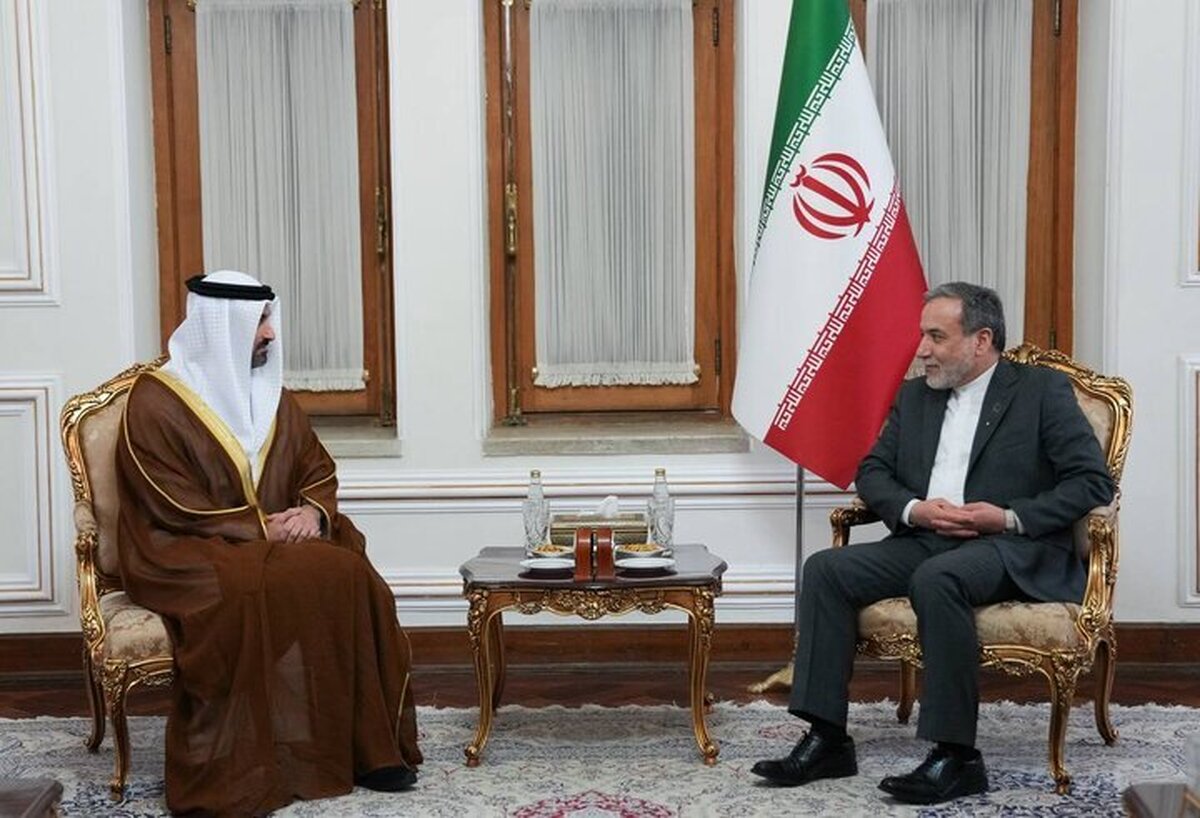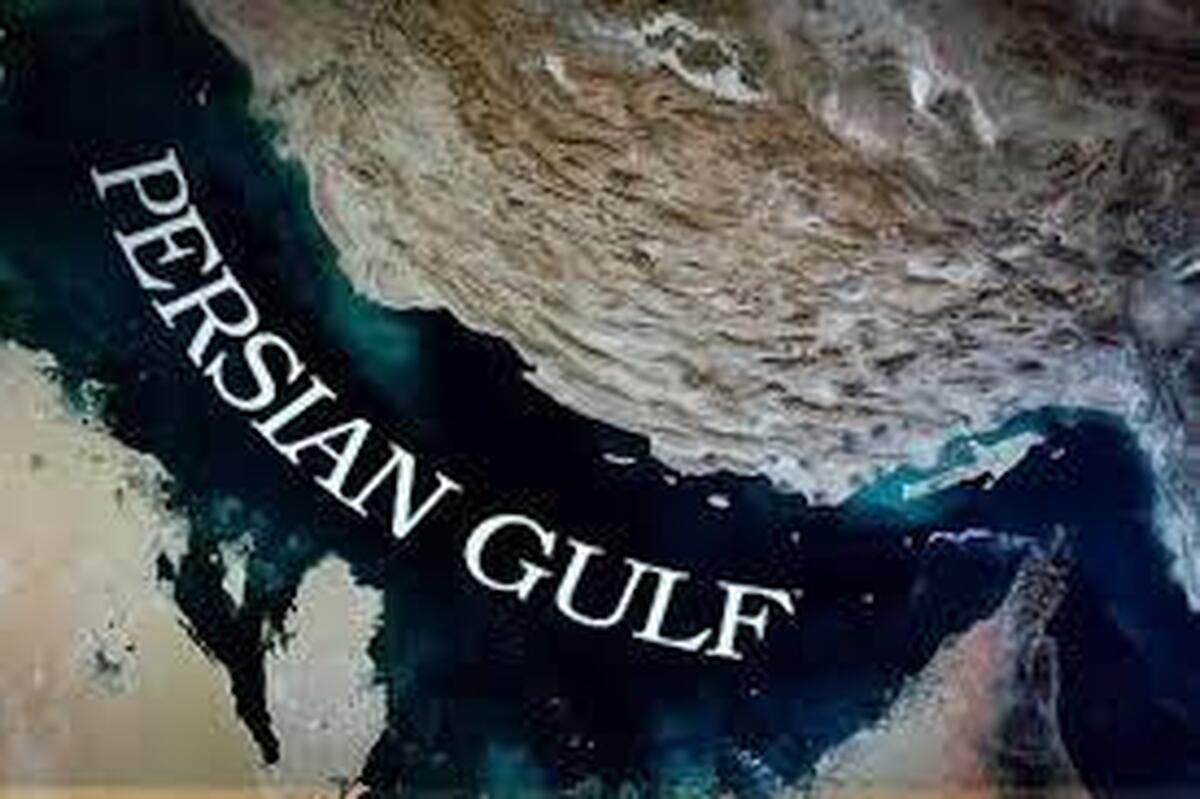
UAE Tops List of Exporters to Iran
EghtesadOnline: The UAE was the biggest exporter to Iran in the first five months of the current fiscal year (March 21-Aug. 22), according to the Islamic Republic of Iran Customs Administration’s spokesman.
“Iran’s imports from the Arab country during the period reached 4.44 million tons worth $5.39 billion, registering a 157% and 68% YOY growth in weight and value respectively,” Rouhollah Latifi also told IRNA.
Livestock feed, reproductive farm animals, seeds, oils, legumes, tropical fruits, tea and coffee, spice, sugar, fruit juice, yeast, electrodes, rice, nutritional supplements, minerals, production raw materials, machinery, fabrics and yarns, rubber, wood and boards, wood and paper pulp, cardboard paper and paper, compressors, filters and strainers were the main imported goods.
Iran’s exports to the UAE hit 5.91 million tons worth $1.55 billion during the same period, registering a 15% decline in weight but a 33% growth in value.
Nuts and dried fruit, seafood, fruit and vegetable, caviar, sweets and chocolate, spice, minerals, building materials, cleansers, handicrafts and carpet, kitchen utensils, home appliances, electronics, industrial and semi-industrial products, musical instruments, clothing, bags, shoes and furniture were the main products exported to the UAE during the period.
Iran’s trade with the UAE stood at 9.5 million tons worth $7.3 billion in the five months under review, registering a 24% and 54% growth in weight and value respectively year-on-year.
Its total foreign trade hit 59.3 million tons worth $34 billion during the period, registering a 14% and 38% growth in weight and value respectively YOY.
Non-oil exports stood at 45.5 million tons worth $17.66 billion, registering a 20% and 63% growth in weight and value respectively compared with the corresponding period of last year.
Imports stood at 13.8 million tons worth $16.63 billion from March 21 to Aug. 22, registering a 5% decline in terms of weight but a 21% growth in terms of value YOY.
Target to Double Bilateral Trade in 5 Years
Iran-UAE trade is about $15 billion per annum and both countries are seeking to double the volume of commerce to $30 billion by fiscal 2025-26, according to the head of Iran-UAE Chamber of Commerce.
"As per agreements and forecasts, the volume of trade between the two countries will reach $20 billion by the end of fiscal 2021-22," Farshid Farzanegan was also quoted as saying by IRNA.
Iran’s export of agricultural and food products to the UAE saw the least impact from sanctions and the spread of coronavirus, he added.
The official noted that the UAE is the biggest exporter to Iran and the third largest destination of Iranian exports, indicating that many Iranian companies have put trade with the UAE on their agenda.
Iran and the UAE traded 20.34 million tons of commodities worth $14.28 billion during the last Iranian year (March 2020-21), registering a 28% and 7% increase in weight and value respectively compared with the year before.
According to the Islamic Republic of Iran Customs Administration’s spokesperson, the Arab country was Iran’s second biggest trade partner during the period.
“Our exports to the neighboring country hit 15.27 million tons worth $4.62 billion, showing a 27% and 6.5% rise in volume and value respectively YOY. Exports account for 13.6% and 13.4% of Iran’s total exports during the period under review. The country was Iran’s third biggest export destination after China and Iraq,” Latifi was also quoted as saying by the news portal of Iran Chamber of Commerce, Industries, Mining and Trade (Otaghiranonline.ir).
The official noted that the main exported goods included seafood, flower, fruit and vegetable, nuts, dried fruit, saffron and other spices, chocolate and pastry, fruit juice, vinegar, construction materials, cement, minerals, floorings, carpet, apparel, footwear, handicrafts, steel products, doors and windows, kitchen utensils, industrial machinery, light bulbs, furniture, musical instruments, medical equipment, electric and electronic devices, auto spare parts, packaging machinery and wickerwork.
“We imported close to 5.07 million tons of goods worth $9.65 billion from this southern neighbor. The figures account for 15% and 25% of Iran’s total imports over the year under review respectively. The UAE was the second biggest exporter to Iran after China,” he added.
Latifi said Iran’s main imports from the were tropical fruit, livestock, pulses, coffee and cocoa, spices, rice, barley, oilseeds, seeds, edible oils, tobacco, minerals, industrial oils and raw materials, different kinds of supplements, medical and dentistry equipment, glue, paper and cardboard, tire production raw materials, fabric and thread, packaging raw materials and machinery, steel products, automatic doors, elevators, bolts and nuts, auto spare parts, road construction and industrial machinery, and sports equipment.
Iran’s non-oil foreign trade in the last Iranian year stood at 145.7 million tons worth $73 billion.
According to the head of Iran-UAE Chamber of Commerce, among the barriers to expansion of Iran-UAE trade are the Central Bank of the UAE’s strict policy regarding Iranians’ banking accounts, inefficiency of Iran’s road transport, particularly that of refrigerated containers, and lack of infrastructures for cold storage of agricultural products.
“Countless trade rules and regulations are constantly shifting. Iran-UAE trade would improve, if there had been stability in terms of introducing laws,” he added.
Farzanegan stressed that facilitating visits by economic operatives, improving banking ties, holding permanent exhibitions, employing active economic diplomacy regarding the UAE, Bahrain and Saudi Arabia, which has the import capacity of up to $135 billion, will help improve business.
“At present, Iranian products find their way into Saudi Arabia through the UAE and Oman,” he said.
He noted that the launch of economic and trade departments in Iran’s Embassy in the UAE and efforts to boost tourism would be helpful.
“We at Iran-UAE Chamber of Commerce are all set to transfer our data and information to these departments. Afghanistan is now exporting Iranian handicrafts and saffron to the UAE,” he added.
Noting that Iran needs to approve laws related to the standards of the Financial Action Task Force, Farzanegan said, “Iran’s blacklisting by the global watchdog has interrupted trade with the UAE.”




